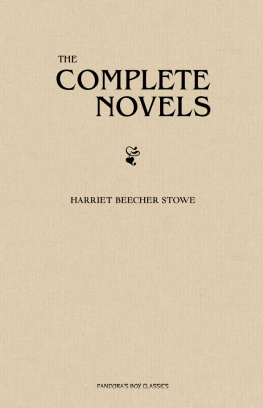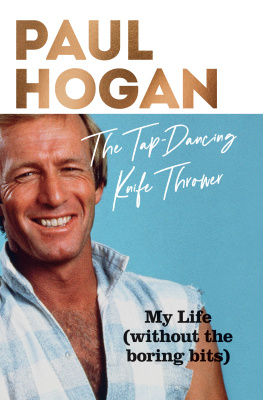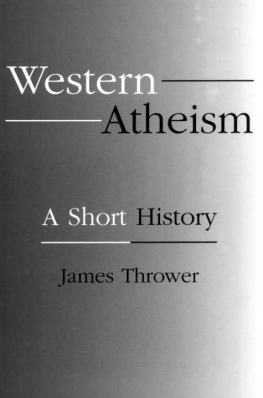Published by The History Press
Charleston, SC
www.historypress.com
Copyright 2021 by Kristin Thrower Stowe
All rights reserved
First published 2021
e-book edition 2021
ISBN 978.1.43967.210.5
Library of Congress Control Number: 2020948627
print edition ISBN 978.1.46714.217.5
Notice: The information in this book is true and complete to the best of our knowledge. It is offered without guarantee on the part of the author or The History Press. The author and The History Press disclaim all liability in connection with the use of this book.
All rights reserved. No part of this book may be reproduced or transmitted in any form whatsoever without prior written permission from the publisher except in the case of brief quotations embodied in critical articles and reviews.
PREFACE
Mary Wingfield Scott and Samuel Mordecai are central to the history of Richmond. Their names are mentioned quite often throughout this tour book, an acknowledgement of the extent of their work. In 1935, Mary Wingfield Scott founded the William Byrd Branch of the Association for the Preservation of Virginia Antiquities, which became Historic Richmond Foundation in 1956. Scotts dedication and love for historic buildings and neighborhoods saved numerous homes and inspired others to follow in her footsteps. The self-proclaimed unofficial Richmond historian, Samuel Mordecais Richmond in By-gone Days (1856) was entertaining and informative. His observations and reflections are quite valuable to understanding the city and its citizens.
Richmond is a great city to tour. I fell in love with the city when researching for my first book, Miller & Rhoads Legendary Santa Claus (2001). Richmonds story is full of historical events dating back to Christopher Newport and John Smiths arrival in 1607. But the citys history goes back even further with the Algonquin Native Americans. By the time Newport and Smith had sailed up the James River, Powhatans tribe had inhabited the area for years, and Belle Isle was their primary fishing grounds. A modern visitor to Richmond walks the same ground as Native Americans, John Smith, Benedict Arnold, Lila Meade Valentine, Maggie Walker, Edgar Allan Poe and many others. Political figures who roamed the Capitol Square include Thomas Jefferson, John Marshall, Abraham Lincoln and Douglas Wilder, the first elected African American governor. He served as governor of Virginia from 1990 to 1994.
The city of Richmond is often hard for me to describe in one word or simple phrase, and as I learned more city history, the task became even more difficult. And then 2020 arrived. The social justice activism of the summer of 2020 spread across the nation, and it was bound to arrive in Richmond, the Confederate capital and the keeper of the Lost Cause. Richmond became national news as Confederate statues were removed, one by one, except for the statue of Robert E. Lee, which is still standing as of the printing of this book and its fate unknown. In October 2020, the New York Times declared the statue the most influential piece of protest art since World War II.
I have always believed and asserted that Richmond was and is so much more than the Civil War. Enjoy touring this place with a history that began before the discovery of Jamestown and continues to move toward the future. This work is organized into two parts: History and The Neighborhoods of Richmond in Mostly Chronological Order.
ACKNOWLEDGEMENTS
As a child, I grew up traveling long distances from Virginia to visit relatives in Canada and Oklahoma, and each vacation began with at least a twelve-hour drive. I loved those long drives, my dads tall tales and the mini adventures along the way. As a parent, I took my children on similar long vacation drives, had many mini adventures along the way, and told the same tall tales. As I am a lover of history, our family vacations included visits to historical sites and museums, and my daughter, at age ten, said, Normal people dont travel to cities to visit museums. She now visits museums on her own and joins us for Richmond tours.
Writing is a group effort, and I would like to thank those who helped me complete this project.
A wonderful source, which I was lucky to access via the internet, is the Virginia Department of Historic Resources Nomination Forms. A huge thank-you to all of the people who worked to research, write and submit the forms. The National Park Service websites were also very useful.
The Valentine Museum is truly a treasure trove of all things Richmond. Thank you to Meg Hughes, director of collections/chief curator, and Kelly Kerney, research assistant, in the Valentine Research Library, for their help locating primary documents and photographs.
One of my favorite people I met writing this book is Stephenie L. Harrington. Harrington was my first interviewee for the book, and her passion for Oregon Hill is contagious. I hope she one day writes a book about Oregon Hill.
My husband, Scott, and I enjoyed many excellent tours. We would like to thank Matthew Maggy at Richmond Tour Guys, Jeffry Burden at Shockoe Hill Cemetery, Amy Roberts at Beth Ahabah Museum and Archives, Steve Tarrant at the Railroad Museum for the Floodwall Tour, Curtis Anderson at the Virginia Museum and Benjamin C. Ross, church historian, Sixth Mount Zion Baptist Church. The Hollywood Segway Tour was a fun way to explore the large and hilly cemetery. Historic Richmond Foundations mission to save historic architecture is greatly appreciated. We enjoyed touring Monumental Church, site of the 1811 theater tragedy. The Revolutionaries in Richmond Dinner at the Patrick Henry Pub was a fun and entertaining evening. In between courses, the Richmond Historic Haunts tour guides told tales of people and events that happened during the war.
Thank you to Stephanie Moore, my favorite AP Acorn. She introduced me to Kate Jenkins, my editor. Wow, what an awesome opportunity. Kate, thank you for asking me if I could write this book and then trusting me to do it. I am grateful, as writing this book has been a dream come true. Thank you to Abigail Fleming for her sharp eye and assistance with editing.
Shelley Murray and Vera Brown were nice enough to plow through early drafts, and with their suggestions, the book is better. Tammy Putnam and Thea Paul supported me throughout this whole process in more ways than I can mention, thank you. Dan Palese was able to capture the essence of Richmond in his photographs. Jennifer Bousquet patiently listened to Richmond stories for miles and miles as we trained for the Richmond Marathon. A special thank-you to my longest and dearest friend, Janie Hilton, thank you for the Sunday walks.
Those most important to thank are my family members. Each one of them played key roles in this process, and I cant thank them enough. My siblings, Kim W. and Scott Terbush, were very supportive. My mom, Judy Terbush, is my cheerleader, and she was always excited to hear how the book was coming along. My father, Tom Terbush, passed in 2007, yet it was he who encouraged my education and helped put me in the position to write. I miss you, Dad. I couldnt have done it without the support of my two children: Megan Tig helped edit, researched Union Hill and joined us on tours. Michael counted the steps (150) on Libby Hill on a very hot summer day and was a good sport, always willing to go on spontaneous sightseeing visits.












